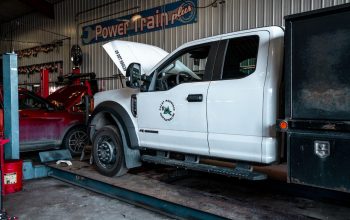Power lock systems, which provide convenience and security, are common in contemporary automobiles. However, a sophisticated system of electrical wiring and components is hidden beneath the straightforward act of pressing a button. For those in need of repairs or maintenance, Auto Repair in Canutillo, TX, can expertly handle power lock issues. Diagrams of power lock systems are crucial resources for troubleshooting, fixing, and comprehending how these systems work. Although they may appear daunting at first, they might be easier to understand if broken down into smaller, more manageable parts. This article offers a condensed summary of power lock system diagrams, assisting you in comprehending and interpreting its essential components.
Decoding the Symbols: A Visual Language
Symbols are the cornerstone of any power lock system schematic. Relays, fuses, switches, actuators, and wiring connections are just a few of the parts that are represented by these symbols. Every component has a distinct symbol that is the same for all manufacturers, however there may be minor variances. A switch, for instance, is usually depicted as a line with a break, signifying a closed circuit when the switch is on and an open circuit when it is off. A coil with an arrow to symbolize the movement of the motor is a common representation of an actuator. To read any power lock system diagram, you must first become familiar with these basic symbols.
Tracing the Circuit: Understanding the Flow
After learning the symbols, trace the circuit. Power locks use a closed-loop circuit to transfer power from the battery to several parts before returning it to the earth. The diagram shows wires connecting components as lines. Follow these lines to understand the current. The line may go from the battery to the master switch, then to a door actuator, and finally to a safety fuse.
Identifying Key Components: The Players in the System
Power lock systems usually have several key pieces that perform different functions. Master switches, generally on the driver’s door, control all door locks. Lock and open each door with its own switch. Every door has actuators that move the locking mechanism. The main switch is often protected by relays, which control a larger current with a lower current. Fuses prevent circuit overloads. The diagram shows each element and its system connections.
Conclusion
Once you grasp symbols, circuit tracing, and component identification, you may use power lock system diagrams to troubleshoot common errors. If none of the doors lock or open, the master switch, a blown fuse, or a circuit fault may be to blame. One door not locking is likely due to a fault with the door switch, actuator, or wiring. Methodically tracing the circuit and finding failure points lets you find the problem and make targeted fixes.




